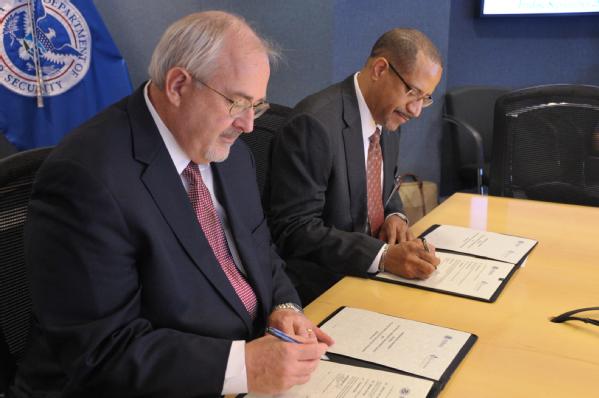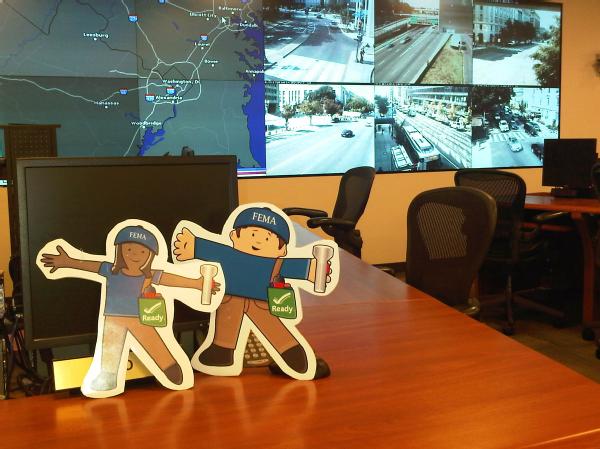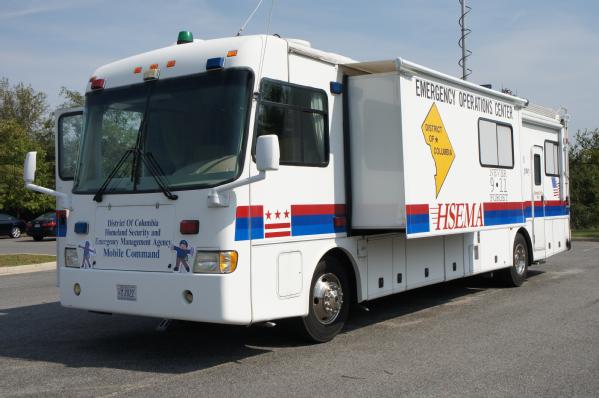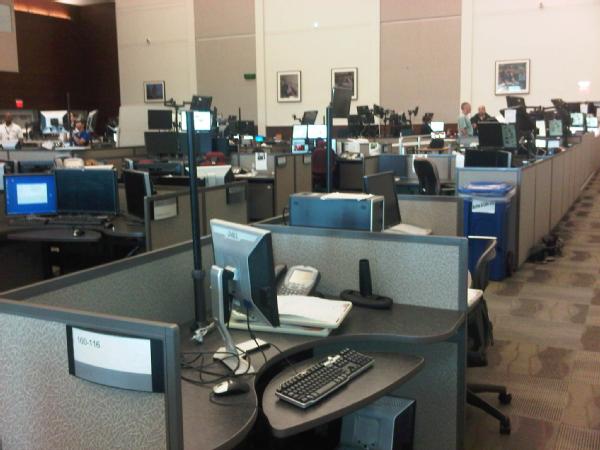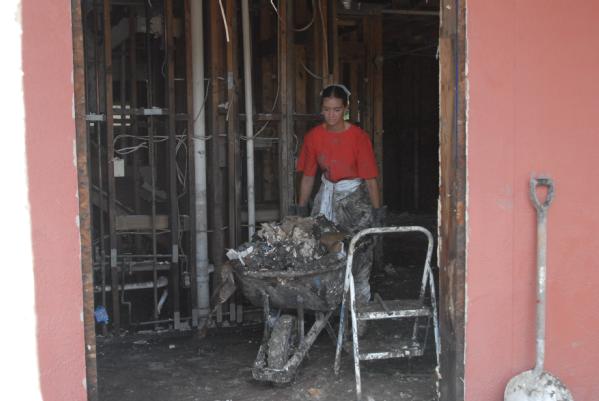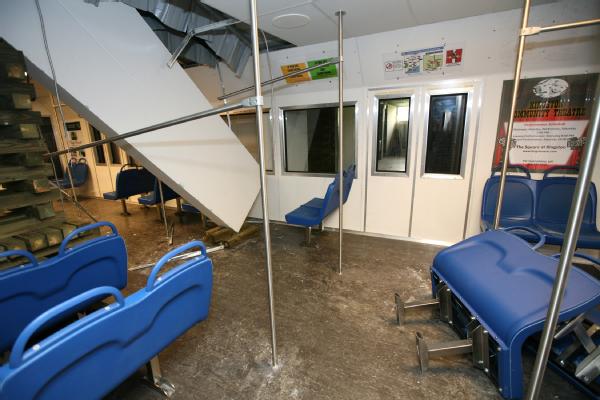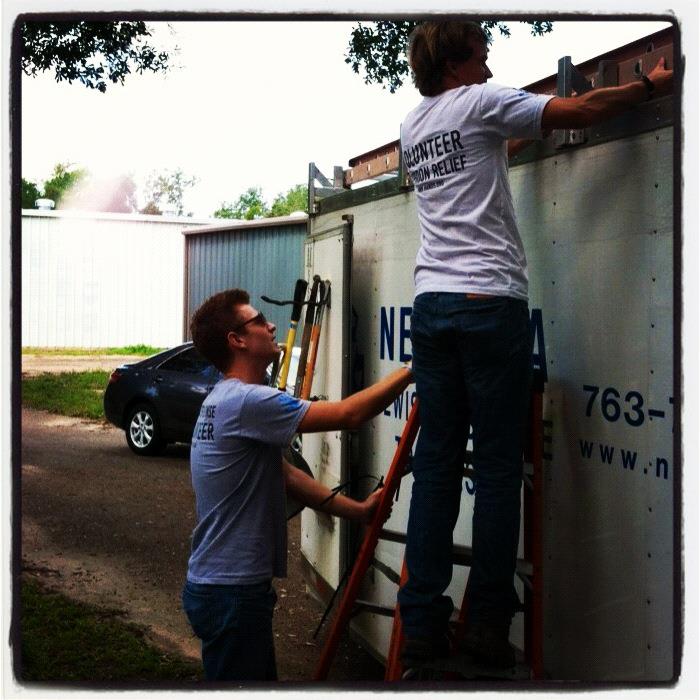“Go One Step Further” and the Great ShakeOut
Editor's Note: The views expressed by Bob Boyd do not necessarily represent the official views of the United States, the Department of Homeland Security, or the Federal Emergency Management Agency. FEMA does not endorse any non-government organizations, entities, or services.
Agility, while obviously an organization focused on disaster preparedness and recovery, is also a collection of individuals who share a common desire to help.
We earn a living providing critical post disaster assistance to our members across the continent, but in addition, our leadership has answered a calling to offer assistance to people and organizations who are working to increase their own resilience through whatever means possible. The Great Southeastern ShakeOut is an event we have adopted as not only a reason to practice a critical emergency plan, but we also hope to use this event as a reminder to “go one step further.” Practicing the “Drop, Cover & Hold On” action is the first step, but then what happens after? Surely communications, safe evacuation and treating the injured are all immediate concerns following an emergency like this.
Agility and the Small Business Administration have partnered to provide a free Earthquake Preparedness Checklist, available at www.PrepareMyBusiness.org. We encourage everyone to take some of the steps on this checklist and practice them as part of the ShakeOut event. For example,
- Updating phone lists and contact information for employees,
- Testing an alert notification system,
- Restocking supplies in the office first aid kit, and
- Checking the status of fire extinguishers and ensuring employees know where they are located.
How Agility is “Shaking Out”
Agility sent emails to its customers in the Southeast inviting them to register for the Southeast ShakeOut, and offered the Earthquake Preparedness Checklists as a useful way to “go one step further.”
Additionally, Agility’s own offices and staff will be participating at 10:18 a.m., Oct. 18 by practicing the “Drop, Cover, Hold On” action, followed by a building evacuation drill. Afterwards, Agility leadership will test our alert notification system and provide instructions to employees and stakeholders for what to do after the event. Prior to the Oct. 18 event, our HR department will perform a full evaluation of the accuracy of critical contact information on file for employees. They will send emails to all employees reminding them to involve their own families in the drill by reviewing family plans at home and checking emergency kit supplies or building a kit.
The ShakeOut events provide an excellent opportunity to build a culture of preparedness within any group or organization. It only takes a few minutes to register and participate in the ShakeOut. But we encourage everyone to take it one step further and incorporate other steps into your drill that can enhance your preparedness.
------------------------------------------
Other ShakeOut blog posts
- Workplace Preparedness and the Great ShakeOut
Paulette Aniskoff, Director, Individual and Community Preparedness Division - We Must be Prepared. Even for Earthquakes.
Buddy Harris, North Carolina Central University - ShakeOut and my school
Gabriela Rodriguez, FEMA Youth Preparedness Council - North Carolinians Get Ready to Drop, Cover, and Hold On
Doug Hoell, Director, North Carolina Emergency Management - South Carolina’s Faults due for a ShakeOut
Derrec Becker, South Carolina Emergency Management Division



